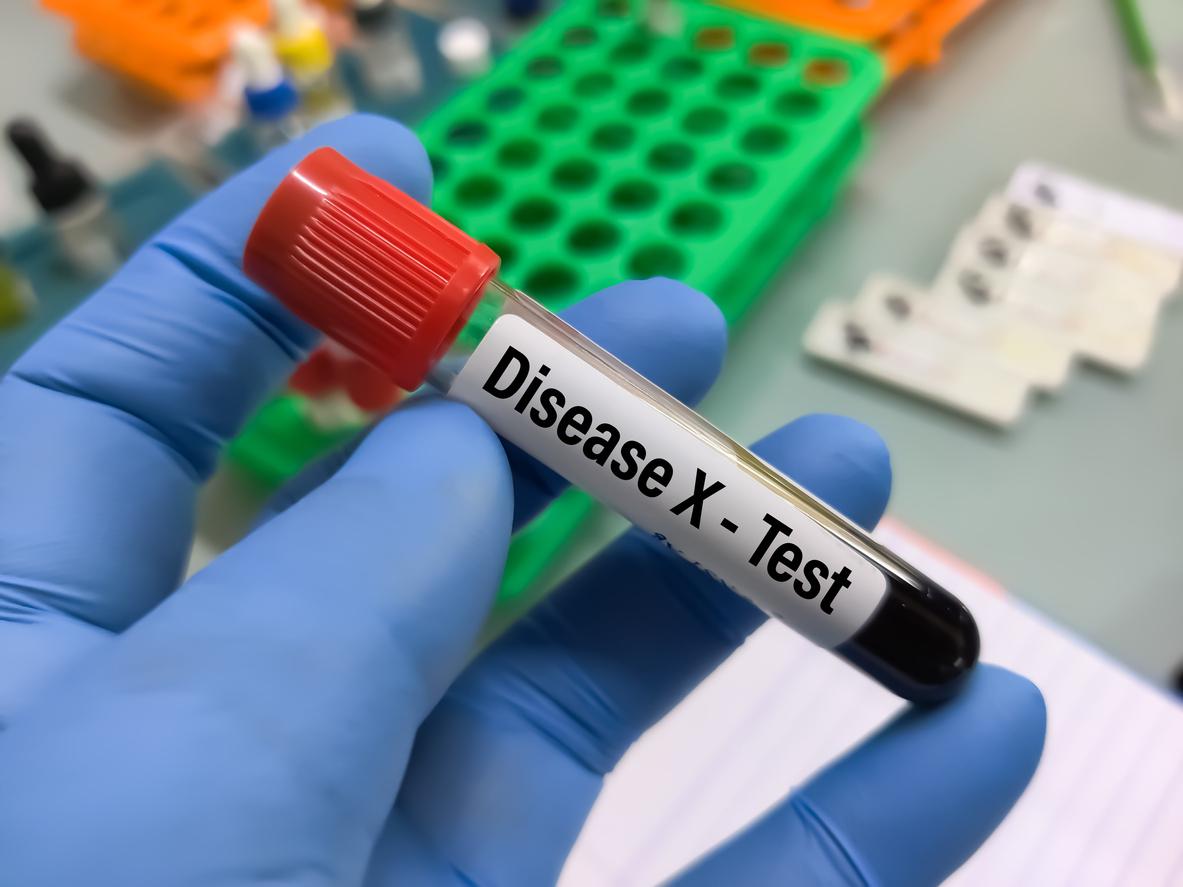This week, the King of Morocco Mohammed VI appeared pale and very thin on the occasion of the launch of the first Moroccan car brand: for several years, the 59-year-old sovereign has indeed suffered from cardiac arrhythmia and sarcoidosis. What you need to know in 3 points.
1 – It is not known (yet) what causes sarcoidosis
In patients with sarcoidosis (about 1 in 10,000 people worldwide), the immune system overreacts and inflammatory cells begin to accumulate in organs (the lungs, in 90% of cases): these cell clusters are called “granulomas”.
If sarcoidosis is not an autoimmune disease, the exact causes of this pathology remain (to date) unknown: the most probable hypothesis to explain this dysregulation of the immune system is an excessive reaction (or too prolonged) of the body’s “defense system” against a foreign element – pollutants, dust, fungi… like an allergy.
2 – Cough is the main symptom of this disease
As we have said: in the majority of cases, the granulomas accumulate in the patient’s lungs – this is called “pulmonary sarcoidosis” and the cell clusters are observed especially in the mediastinum, the area between the two lungs.
In the case of pulmonary sarcoidosis, “the” main symptom is a dry cough that has lasted for (at least) two weeks, possibly with abnormal shortness of breath on exertion. The disease can also cause skin lesions, visual disturbances, joint pain, abnormal fatigue, abnormal fever and/or night sweats.
3 – In the majority of cases, sarcoidosis heals without treatment
Good news: in more than 50% of cases, sarcoidosis resolves spontaneously (that is to say: without the need for treatment) within a few months or a few years.
But in 15% of cases, the pathology becomes chronic and evolves by “flares”. It is then necessary to set up a drug treatment based on corticosteroids (cream, eye drops… to regulate the inflammation), or even immunosuppressants. In 10% to 20% of those affected, sarcoidosis can lead to disability.
Sources:


















